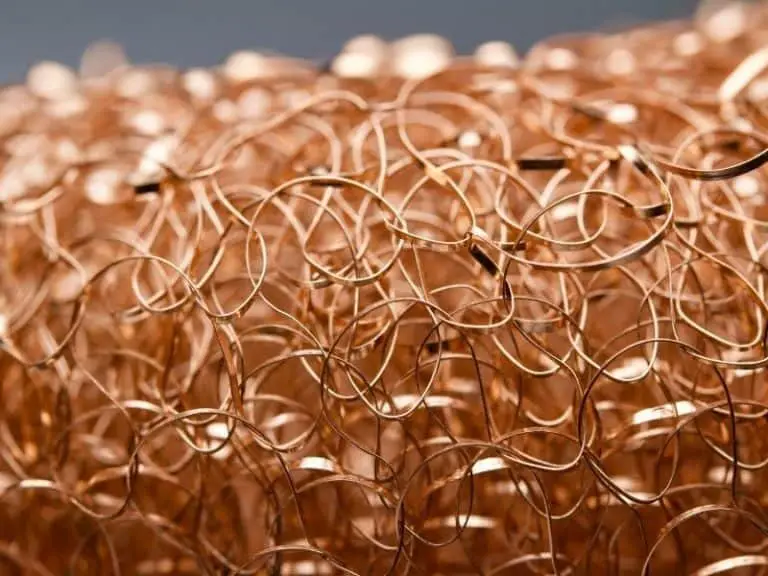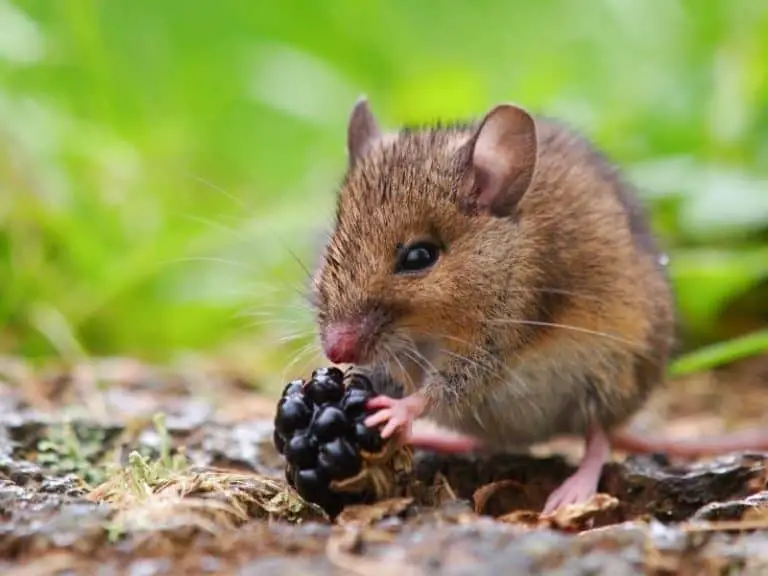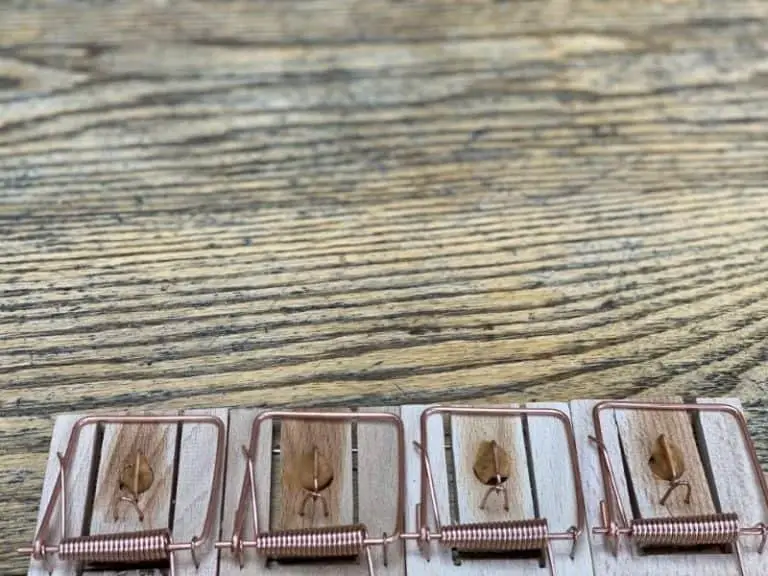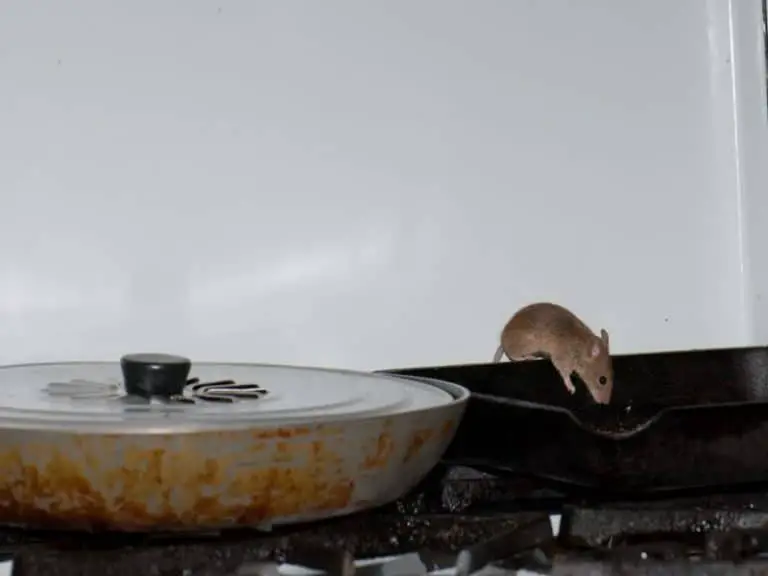Mouse Poison vs. Traps: Which One Is Better
Mice are some of the most unwelcome common household pests. Not only do they look terrifying but they can also spread diseases, the majority of which are quite serious. It’s because of this why they should go. To get rid of them via the DIY way, you have a couple of options: using mouse poison and using mouse traps.
Mouse poison and mouse traps are effective ways to eliminate mice from your home. While both work, they also have issues. Mouse poison can harm pets and kids in the house. Traps are not effective in case of a severe infestation since they can kill only one mouse at a time.
Below you will come across some of the most important matters that you need to know about using mouse poison and mouse traps.
Mouse Poison
Just like what the name suggests, mouse poison is a product that can poison mice if it’s ingested.
Everybody else refers to it as “mouse poison”.
Scientists and professional exterminators, on the other hand, call it “rodenticide”. There are various rodenticides available in the current market, and each one of them kills mice in a slightly different way.
When choosing a mouse poison, consider your budget. You should also take into account your personal preference. It’s a good idea to know the different options available before you shop.
Different Types of Mouse Poison
Basically, rodenticides that you can find online or at the local hardware or home improvement store can be classified into two different groups.
One is anticoagulant.
The other is non-anticoagulant.
While both of them are designed to kill mice when they are ingested, they kill mice in their own different ways.
Anticoagulants
Anticoagulant rodenticides get rid of your mouse problem by keeping the blood of mice from clotting.
When this happens, those critters die of internal bleeding. One of the most popular types of anticoagulant rodenticide is warfarin.
Does the name ring a bell?
It’s because warfarin is also being prescribed for human beings. Also sometimes referred to as a “blood thinner”, it helps prevent the formation of a blood clot.
Warfarin is commonly taken by people who are at risk of having a heart attack or stroke, both of which can stem from a blood clot.
Non-Anticoagulants
Put simply, non-anticoagulant rodenticides kill mice in ways other than causing them to bleed excessively internally.
In the US, registered ones are bromethalin, cholecalciferol, zinc phosphide, and strychnine.
These non-anticoagulant mouse poison types yield results through different ways.
For instance, bromethalin works by paralyzing mice. Cholecalciferol floods the vital organs with calcium, causing them to fail. Zinc phosphide destroys the cells that make up the vital organs.
On the other hand, strychnine causes severe muscle spasms, paralyzing the lungs.
Pros of Using Mouse Poison
If you are planning on getting rid of mice by poisoning them, it’s important that you know not only the advantages but also the disadvantages of this approach.
This will let you know whether or not it’s the solution that suits you.
Advantage #1: Cheap and Easy
Especially if you are on a tight budget and you don’t have the time to read long instructions, using mouse poison is the way to go.
It comes with a cheap price tag. What’s more, it’s fairly easy to use. All you have to do is mix the product with just about anything that mice love to eat. Place the mixture in strategic places and forget about it.
When using mouse poison, it’s of utmost importance that you mix it with something that mice find irresistible. Using mouse poison alone won’t entice mice to ingest it.
Advantage #2: Quick Results
Because mice love to eat, you can rest assured that they will feast on treats that you have laden with mouse poison.
According to rodenticide makers, their products can kill mice anywhere from 12 hours to a couple of days.
Those squeaking pests will die quicker the more lethal the dose that they consume.
To ensure that they will ingest lethal doses, you may mix a lot of the product to the bait or use bait that mice really love to eat.
By the way, some types of mouse poison require multiple ingestions before they cause mice to breathe their last.
Advantage #3: Targets Multiple Mice
One of the nicest things about using mouse poison is that several mice can be killed at the same time. It’s nothing like using a mouse trap that catches and kills one mouse at a time.
Especially if you have a massive mouse infestation and you want to get rid of as many of them as possible at once, mouse poison is what you need to buy and use.
If all the mice ravaging your home consume mouse poison together, it’s possible to enjoy complete extermination of those pests, unless there are babies hiding somewhere.
Cons of Using Mouse Poison
Disadvantage #1: Risky for Both Kids and Pets
Are there kids or pets around?
Then forget getting your hands on mouse poison. It’s because the curious hands of little children and paws of furry pals may put their lives in danger.
Here’s why: the effects of rodenticides in mice, which we talked about earlier, are the very same effects that they have on kids and pets!
Even if you are planning on placing mouse poison where kids and pets cannot access it, don’t risk it. Dealing with a mouse infestation without the use of mouse poison is the smartest move to take.
Disadvantage #2: May Not Fully Impress
There are a couple of things you need to keep in mind when using mouse poison.
First, you have to mix it with the right bait.
Second, you should place the mixture where mice can have access to it. So, needless to say, the use of the wrong bait or placing the mixture in the wrong places won’t kill any mice wreaking havoc on your home.
Reading the instructions provided by the maker is essential. Doing so helps ensure proper usage of the product, which is necessary for it to deliver. Checking out directions for use is also for your own safety.
Disadvantage #3: A Smelly Home for Weeks
Mice that have ingested poison can die practically anywhere in your home. It includes wall voids.
What happens if mice die in your walls? Well, it can cause your home to smell bad for two weeks or so!
Determining the exact location of the carcass can be challenging. And the only way to remove it is by cutting into the wall, which doesn’t come cheap.
Failure to remove the carcass on time may invite other pests, particularly those that feast on dead animals, to set up camp in your home.
Some examples are harvester ants and many species of beetles.
The Takeaway of Using Mouse Poison
Mouse poison is not the perfect solution for a mouse infestation. While its use comes with some advantages, there are also certain disadvantages involved.
See to it that you carefully think about the pros and cons of using mouse poison before you purchase it.
Mouse Traps
Aside from using mouse poison, you may also install mouse traps to get rid of a mouse infestation without the need to shell out money for professional extermination.
These days, you can choose from a couple of types of mouse traps.
They are live traps and traditional snap traps. Each one of these traps for mice, just like mouse poison, comes with its own set of pros and cons.
Carefully weighing them lets you have an idea of which of the two types of traps is better for your needs and preferences.
Different Types of Mouse Trap
When shopping for a mouse trap online or offline, you will come across different styles and designs.
However, all of them can be categorized into two groups.
Before you buy some mouse traps, you should first get to know what makes each available option different from the other. Here are the two types that you may choose from.
Live Mouse Traps
Are you looking for a humane way to eliminate mice from your home and, ultimately, your life?
Then you should get your hands on a live mouse trap. Nothing can be more compassionate than installing this in your home.
Just like what the name suggests, no mouse has to die when you use a live mouse trap.
It is basically a small cage with a provision for bait.
Once a mouse enters and takes the bait, the door closes and locks in place. Then you can set the trapped mouse free away from your home.
As you can see, this approach screams humane.
Traditional Snap Trap
It’s true that the use of a traditional snap trap involves death. However, it can still be considered humane. That’s because it kills a mouse quickly, thus eliminating unnecessary suffering.
When it comes to killing mice, the mechanism of snap traps hasn’t changed since they came into being. However, there are modern additions to today’s models.
For instance, some of them are covered to keep the fingers of kids or the tails of pets out of harm’s way. Many are also out of plastic instead of wood, which is common in old-fashioned models.
Pros of Using a Mouse Trap
Refrain from placing a mousetrap somewhere in your home if you don’t have enough information on some important matters such as how it’s used or what makes it work.
Please continue reading to know the things that make a mouse trap better or worse than mouse poison…
Advantage #1: A Humane Solution
Can you imagine what mice could be going through just before they die after ingesting mouse poison?
They may experience dizziness, disorientation, shortness of breath, and weakness for hours.
These symptoms are not present when it comes to using a mousetrap, which is why it can help save you from causing a living thing to suffer.
Especially if you prefer to use a live mouse trap than a traditional snap trap, no mouse has to die in your hands.
The worst that a trapped mouse may experience is stress — and probably loneliness for taking it away from its home.
Advantage #2: Mice Die in the Open
Earlier, we talked about how the use of mouse poison could cause mice to die in the wall void, causing your home to smell horrible for a couple of weeks.
Well, when using a traditional mousetrap to deal with a mouse infestation, there is no need for you to worry about this smelly possibility.
That’s because a mouse will die right where you place the traditional mouse trap.
All that’s left for you to do is dispose of the dead animal before it starts to decompose and fill the indoor air with the smell of death.
Advantage #3: Tried and Tested
It was back in the late 1800s when the first snap trap for a mouse was patented.
Through the years, it has undergone some modifications. The overall design, however, pretty much remained the same.
As they say, if it ain’t broke, don’t fix it. This is why you can rest assured that the use of a traditional snap trap can impress.
Because it’s being trusted by many for dealing with a mouse infestation, you are not going to have a hard time getting your hands on a traditional snap trap.
Many of them come with pocket-friendly price tags, too.
Cons of Using a Mouse Trap
Disadvantage #1: It May Come Back
Pest control experts say that mice may venture 10 to 30 feet from their home, which is actually your home. On the other hand, rats can travel 100 to 300 feet from their home.
When using a live trap, make sure that you set free the trapped animal several feet away from your home. Otherwise, it may find its way back home.
It’s a good idea to release the trapped mouse in the wild. This is a more humane way compared to releasing it in the city where it can easily fall prey to disgusted humans and speeding automobiles.
Disadvantage #2: One Mouse at a Time
When using mouse poison, it’s possible to kill several mice at a time. Those that nibble on food that’s laden with mouse poison are bound to die, albeit at different times.
It all depends on the amount of mouse poison that they ingest. Targeting multiple mice at once is impossible when you opt for the use of a mousetrap.
If the use of mouse poison is not an option because there are kids or pets around, a quick way to exterminate a lot of mice in a short amount of time is by installing several mouse traps in different infested areas in your home.
Disadvantage #3: May Harm Humans and Pets
It’s true that a traditional snap trap is non-toxic, unlike mouse poison.
However, it doesn’t necessarily mean that you can set it up or install it without practicing caution. If you’re not careful, you or a child or pet may end up harmed.
Because of the way a snap trap works, there is a possibility for your finger to get caught in its mechanism while setting it up. It’s also possible for a child or pet to end up harmed when it comes across it.
Needless to say, it’s a good idea to install a traditional snap trap where it’s not within reach of curious kids and pets.
The Takeaway of Using Mouse Traps
When it comes to trapping mice, you got a couple of options.
First, there’s a live trap that saves you from killing a living creature.
Second, there’s a traditional snap trap that kills a mouse quickly, making it a humane solution.
Prior to deciding which of the two you wish to opt for, carefully consider the strengths and weaknesses of each one.
Just Before You Exterminate Mice
There are many DIY solutions available for a mouse infestation and most common are mouse poison and mouse trap.
This post explained the advantages and issues related to each method, so by now you should be able to make a decision on which one works best for you.
So, below I have resources for best mouse traps and poisons:
Medical Disclaimer: TheHomePestControl is a digital publisher and does not offer personal health or medical advice. The contents of this website are not intended to substitute for professional medical advice, diagnosis, or treatment.
Affiliate Disclaimer: As an Amazon Associate, I earn from qualifying purchases made on our website. If you make a purchase through links from this website, I may earn a commission at no additional cost to you.






